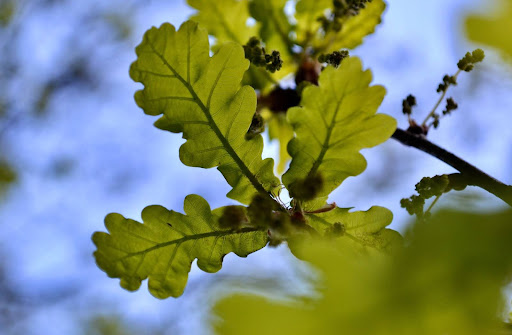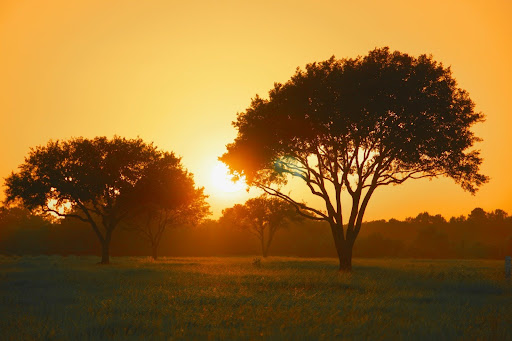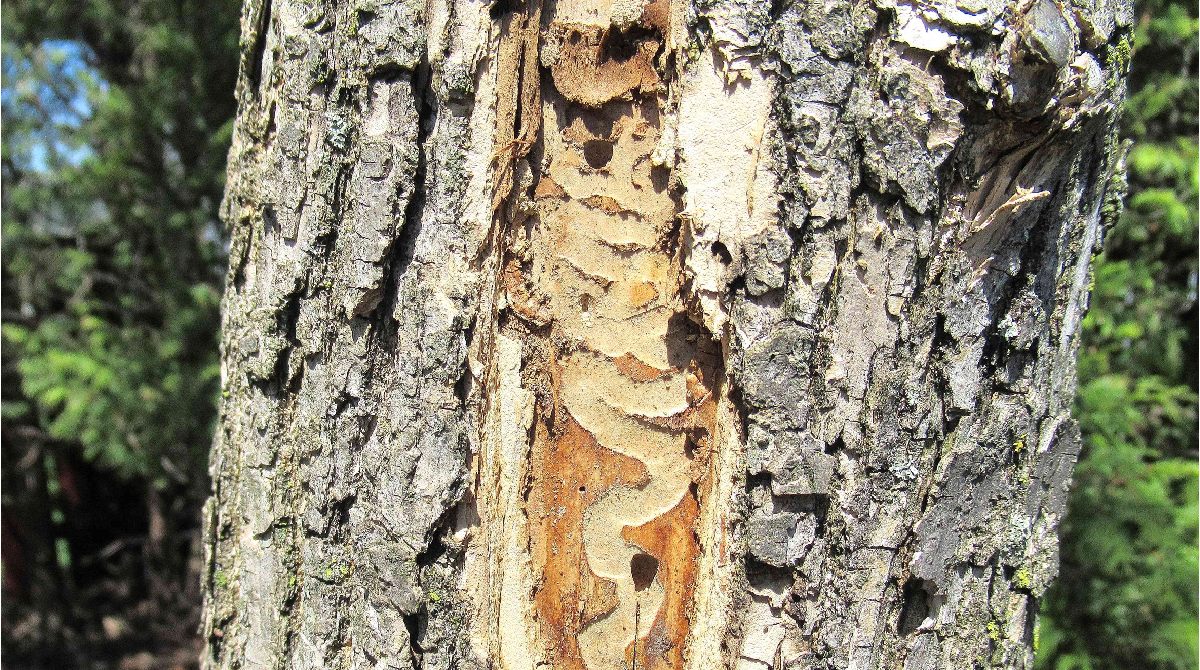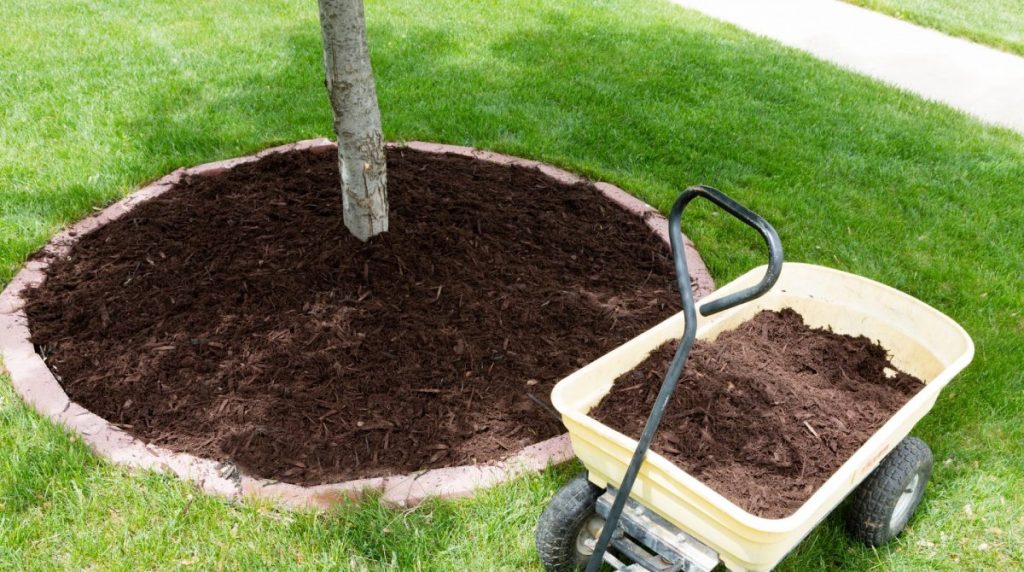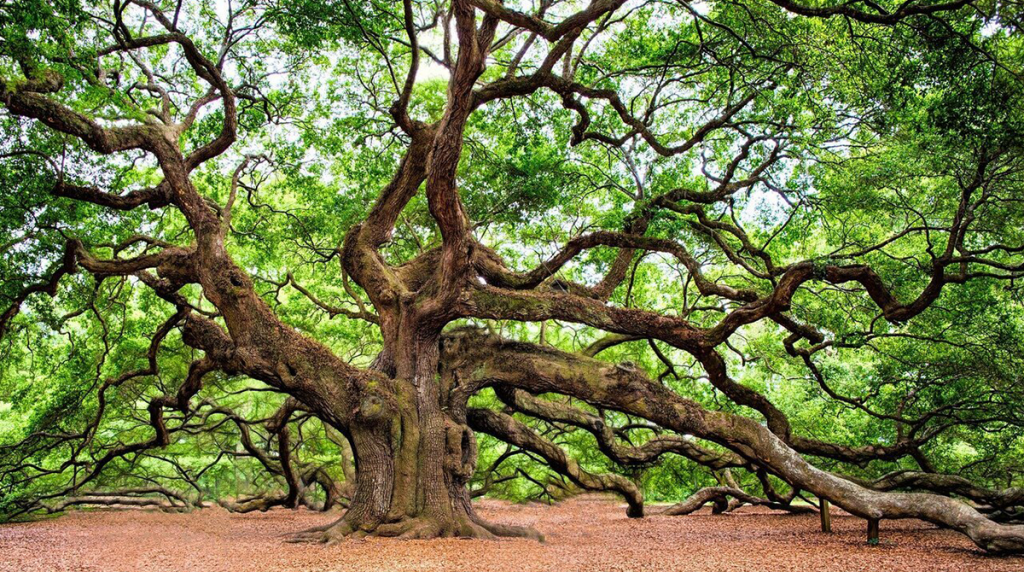
Date October 22, 2020
Category
Dallas-Fort Worth area homeowners like you plant trees to enjoy their beauty, add curb appeal to your property, and in many cases, grow shade trees for your enjoyment. That’s why suspecting that there’s a problem with your trees can be so alarming. You don’t want to lose out on the aesthetic value your trees provide you landscape, the shade they give that you enjoy on sunny days, or risk the dead trees falling on your house or elsewhere on your property.
What are dead tree symptoms, and how do you know if you have dead trees or dying trees that can be saved. Continue reading to learn more.
Dying Tree Symptoms
There are quite a few telltale dying tree symptoms that ISA Certified Arborists like us tell our clients to be on the lookout for. These include:
- Abnormalities in the tree’s bark, such as deep cracks or holes on the bark of the tree’s trunk.
- Trees that are decaying from the inside out.
- Dead tree limbs that produce no foliage and are dry and easily break.
- Discolored leaves, such as yellow leaves when it’s not autumn, or tree leaf spots, which are a sign your tree has a tree disease.
- Poor architecture and tree structure.
How to Save a Dying Tree
If you suspect you have a dying tree, you need the assistance of ISA Certified Arborists like the ones on our team. Only an arborist with professional training can diagnose tree diseases and create treatment plans for them – though you may be able to carry out the treatment instructions on your own.
Dead Tree Symptoms
While you need an arborist to save dying trees, you can easily diagnose dead trees on your own. Dead tree symptoms include:
- Cracks in your tree’s trunk.
- Tree bark is peeling away from a tree.
- Mushrooms or other fungi that are growing near the tree’s root system.
- Multiple tree limbs that have no living buds or leaves.
To confirm that your tree is dead, you can perform the scratch test. Use your finger or pocket knife to scratch a twig on your tree. If it is green and moist, your tree is living. If you uncover brown and brittle material, your tree is likely dead. To confirm you have dead trees, follow these steps:
- Scratch a few additional twigs located throughout the tree to see if you can uncover any green, moist material that will show your tree is still alive.
- Check for mushrooms or other fungi growing at your tree’s roots.
- Inspect the tree bark to see if it’s peeling, cracked, or has holes in it.
- Look up at your tree’s canopy to see if you have tree limbs that are either hanging or missing leaves.
If your tree has several of these dead tree symptoms, it is likely dead. To best prevent injuries to people or property damage, dead trees need to be removed before they fall over.
Tree Care Tips to Keep Your Trees Healthy
Dead trees don’t just die overnight. Oftentimes, dead trees are the result of poor tree care, tree diseases, or pest infestations that, if caught early, can be reversed so that the tree lives. To help keep your trees healthy so that they grow and thrive on your property for years to come, here are our top tree care tips:
- Properly Nourish and Water Your Trees
Trees need nutrition in the form of both fertilizer and water. Tree fertilizer should be during early spring or the fall. It should be spread evenly across the soil surface at a quantity of 3 pounds for every 1,000 square feet.
Fertilizer should never touch a tree’s trunk. If it does, it increases the risk of a pest infestation. Instead, mulch the tree so that the mulch rises to a gradual hump, then dips down before touching the tree’s trunk.
Your tree watering schedule is going to depend on the age of your tree and its species. Generally speaking, trees in the Dallas-Fort Worth area should be slowly watered every few weeks. Your trees need 10 gallons of water for every 1 inch of tree diameter.
- Only Perform Correct Tree Pruning
Most trees develop fungal tree diseases or become infested with tree insects after they’ve been improperly pruned. To protect your trees and keep them healthy, tree pruning should only take place between mid to late fall through early spring. You should prune away dead limbs, broken limbs, and carefully trim away limbs that give your tree an undesirable shape.
You should never aggressively trim back a tree, which can cause it to go into shock and make it susceptible to diseases or pests, even if tree pruning is performed in season. If you are unsure of how to prune a tree or want help, we offer tree trimming services.
- Treat Off-Season Oak Tree Wounds
The beautiful oak trees we have in the DFW area can fall victim to a deadly tree disease called oak wilt. There is no cure for this tree disease. Infected trees must be immediately removed because oak wilt quickly spreads through an affected tree’s root system.
To protect against oak wilt, never prune oak trees during the off-season unless it’s a tree emergency. If off-season pruning is needed, treat the wounds with paint to prevent oak wilt from taking root.
- Call an Arborist if You Suspect You Have a Sick Tree
You can save a dying tree when you have a proper tree care plan in place. This is why it’s so important to call an arborist if you suspect your tree is dying. He or she will be able to diagnose the issue and prepare a treatment plan for you, which you are most likely able to carry out on your own.
Call Us for Tree Care Help
Whether you suspect your tree is dying, you have discovered you have dead trees on your property and need us to remove them, or you want professional tree care help, we’re here for you. Simply call us for tree services at tel:(817) 592-6846.
To learn more about How to Save a Dying Post Oak Tree, call our Argyle and Southlake based teams
at tel:(817) 592-6846 or send us a message.
We’re a little different than the average tree services company.
Learn more about TreeNewal’s ISA Certified Arborists!
Our Dallas/Fort Worth-based tree doctors can explain how sustainable tree care services add more value to your bottom line.
Healthy trees, healthy lives.
